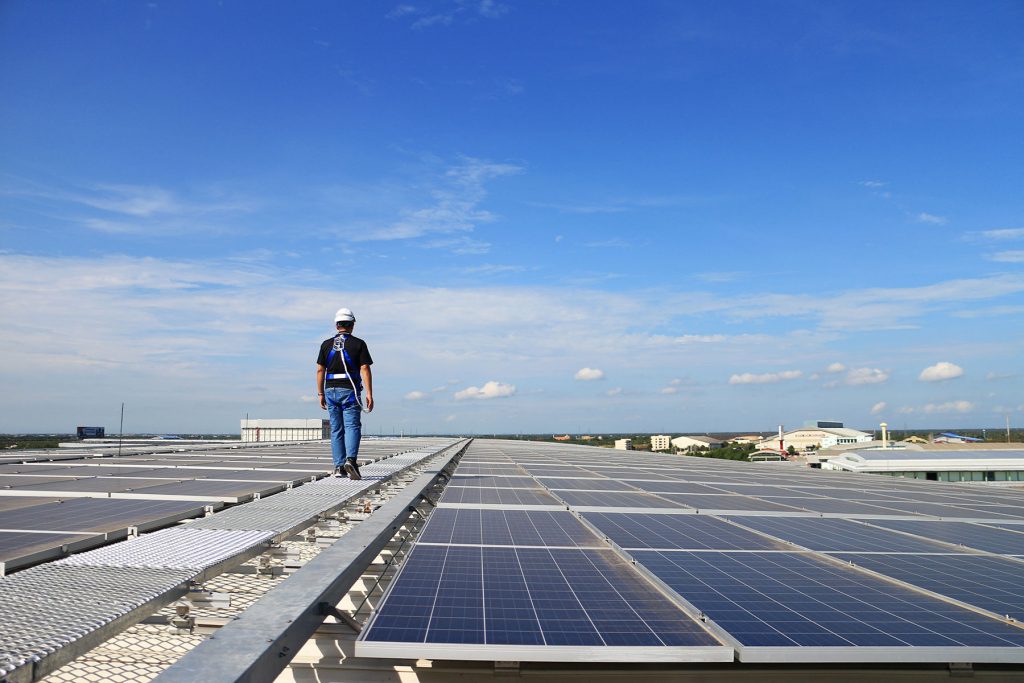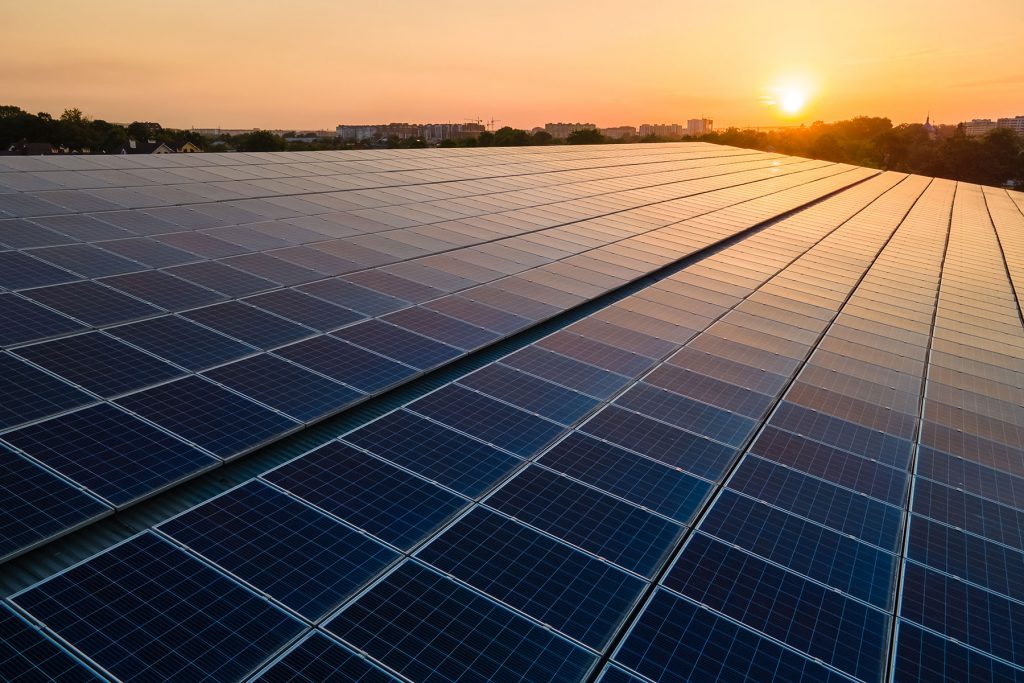Solar energy today is one of the biggest sources of renewable energy and is used globally as a major power source from the United States to Asia.
Solar PV generation is poised to exceed 1,000 TWh in 2021, up a record 22% and according to Wood Mackenzie, Asia Pacific solar PV capacity is slated to triple to 1,500 GW by 2030.
How Solar Energy Works & Why It Is Here To Stay
Solar energy is mainly harnessed through the use of photovoltaics (PVs) that allow particles of light to knock away electrons from atoms – creating electricity in the process.
As the world transitions more towards renewable energy sources, solar power stands out from the rest due to certain key advantages they have, making countries both modern and industrialising, choose it as a long-term energy solution.

Pro #1: A Great Choice For Land-Scarce Countries
While there are many forms of alternative renewable energy like geothermal and hydropower, they all have various restrictions that prevent most countries, especially those with geographical challenges, from adopting them.
Take Singapore for example, as a country of just 721.5 square kilometres with a territorial sea of only 12 nautical miles, solar power is one of the most viable solutions for the island nation to diversify their energy sources away from fossil fuels.
Pro #2: Environmentally Sustainable Energy Supply
The process of harnessing and converting solar power into electricity does not generally cause pollution and is vastly minimal when compared to that of fossil fuels.
Households and companies that diversify their electricity supply with solar power can help shrink their carbon footprint as well as reduce carbon emissions in place of fossil fuel-generated electricity they would have otherwise bought.
Pro #3: Marginal Generation Cost & Enhanced Energy Sufficiency
While the installation costs of solar energy stations and panels will involve substantial upfront investments, you will be able to enjoy marginal generation cost as solar energy (energy from the sun) is essentially free.
This means that companies will be able to easily calculate the payback period on their capital investment and if the returns make sense.
The 3 Disadvantages Of Solar Energy
Con #1: Weather Dependent
Solar energy harnesses the power of sunlight and that itself, while it is an everlasting and free resource, poses problems.
Solar power is weather-dependent no matter where you are in the world.
The most obvious fact is that solar panels do not operate during the night – and that means either the power generated during the day when there is sunlight has to be stored in batteries that can be utilised later on or other conventional types of energy has to be produced.
Con #2: There Are Space Limitations
While solar energy can seem easy to be utilised, space can get limited and configurations have to be done in certain arrays in order for it to function.
Commercial and industrial spaces might have limitations that make solar arrays difficult. Huge land spaces might not be readily available or could be cost-prohibitive to dedicate solely to the generation of renewable energy.
In addition, not all organisations might have the expertise to maintain and troubleshoot the solar installations if issues arise.
Con #3: Substantial Initial Investment & Payback Period
While the prospect of marginal generation cost is attractive without any cost to harness sunlight, there is a substantial investment required upfront to purchase and install the solar power system.
While solar panel prices are dropping, depending on your requirements, you will have to still fork out a substantial initial investment before you can enjoy savings off your electric bill and real savings can only be attained after you hit the payback period.

At TotalEnergies ENEOS, we help companies build effective and efficient solar systems, minimising the cons while maximising the pros.
Discover how TotalEnergies has reached the 100 MW Milestone in Southeast Asia and the companies we have helped.
To learn more about our fully-integrated no-CAPEX solution and how we can help your business, click here, or contact us directly for more information.
